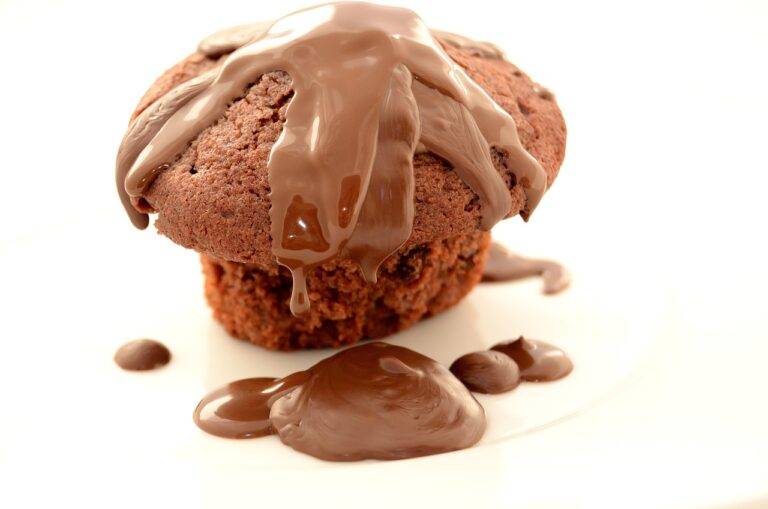A Guide to Food Preservation: Freezing and Vacuum Sealing
Freezing is a highly effective method of preserving food for extended periods of time. When food is frozen, the low temperatures slow down the growth of microorganisms that can cause spoilage. Additionally, enzymes that can lead to deterioration of the food are also deactivated, helping to maintain the quality and freshness of the food.
By freezing food, the water content within it turns into ice crystals, which prevents the growth of bacteria and mold. This process essentially puts the food in a state of suspended animation, halting the natural decay that would occur at room temperature. Freezing also helps to retain the nutrients in the food, making it a convenient and economical way to extend the shelf life of various perishable items.
Benefits of Freezing Food
Freezing food is a convenient way to extend the shelf life of perishable items such as fruits, vegetables, meats, and cooked meals. By freezing food, you can preserve its freshness, flavor, and nutritional value for a longer period of time. This allows you to buy in bulk, reduce food waste, and have access to a variety of food options throughout the year.
In addition to prolonging the lifespan of food, freezing also helps save time and money. With frozen meals readily available, you can easily prepare quick and convenient meals without the need to shop for ingredients frequently. This can be especially helpful for busy individuals and families looking to maintain a balanced diet despite their hectic schedules.
Proper Freezing Techniques
When it comes to properly freezing food, it is important to ensure that the items are adequately cooled before placing them in the freezer. Hot or warm foods can increase the temperature inside the freezer, leading to potential bacterial growth. It is recommended to let the food cool to room temperature or below before freezing.
Another key aspect of proper freezing techniques is to package the food securely to prevent freezer burn and to maintain the food’s quality. Using airtight containers or bags will help to seal in the freshness and flavor of the food. Be sure to label each package with the date it was frozen to keep track of its shelf life in the freezer.





